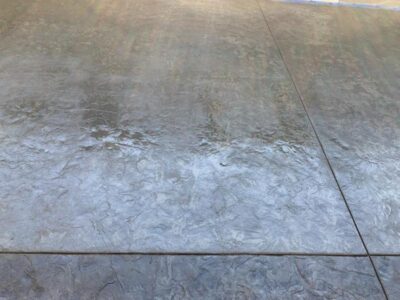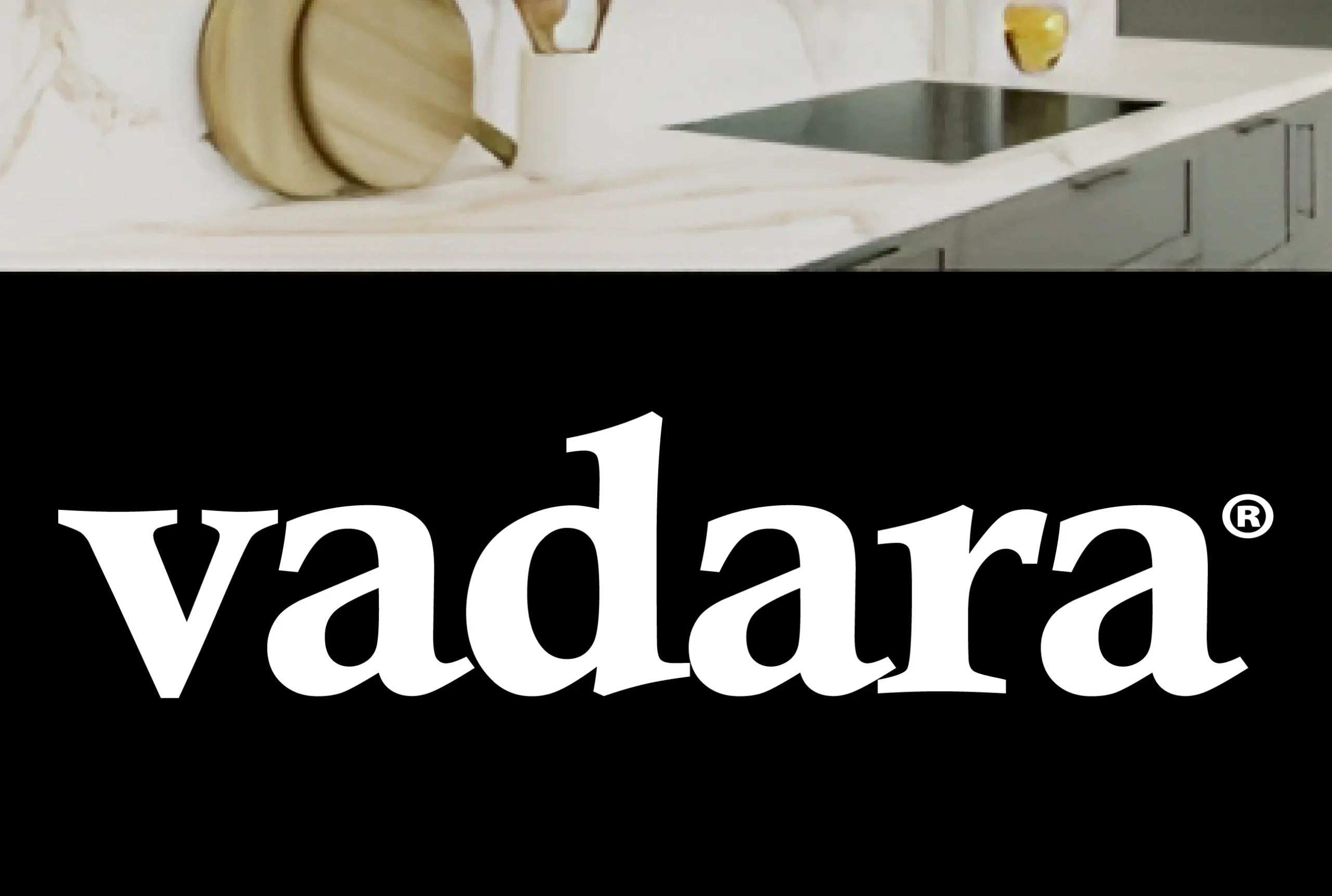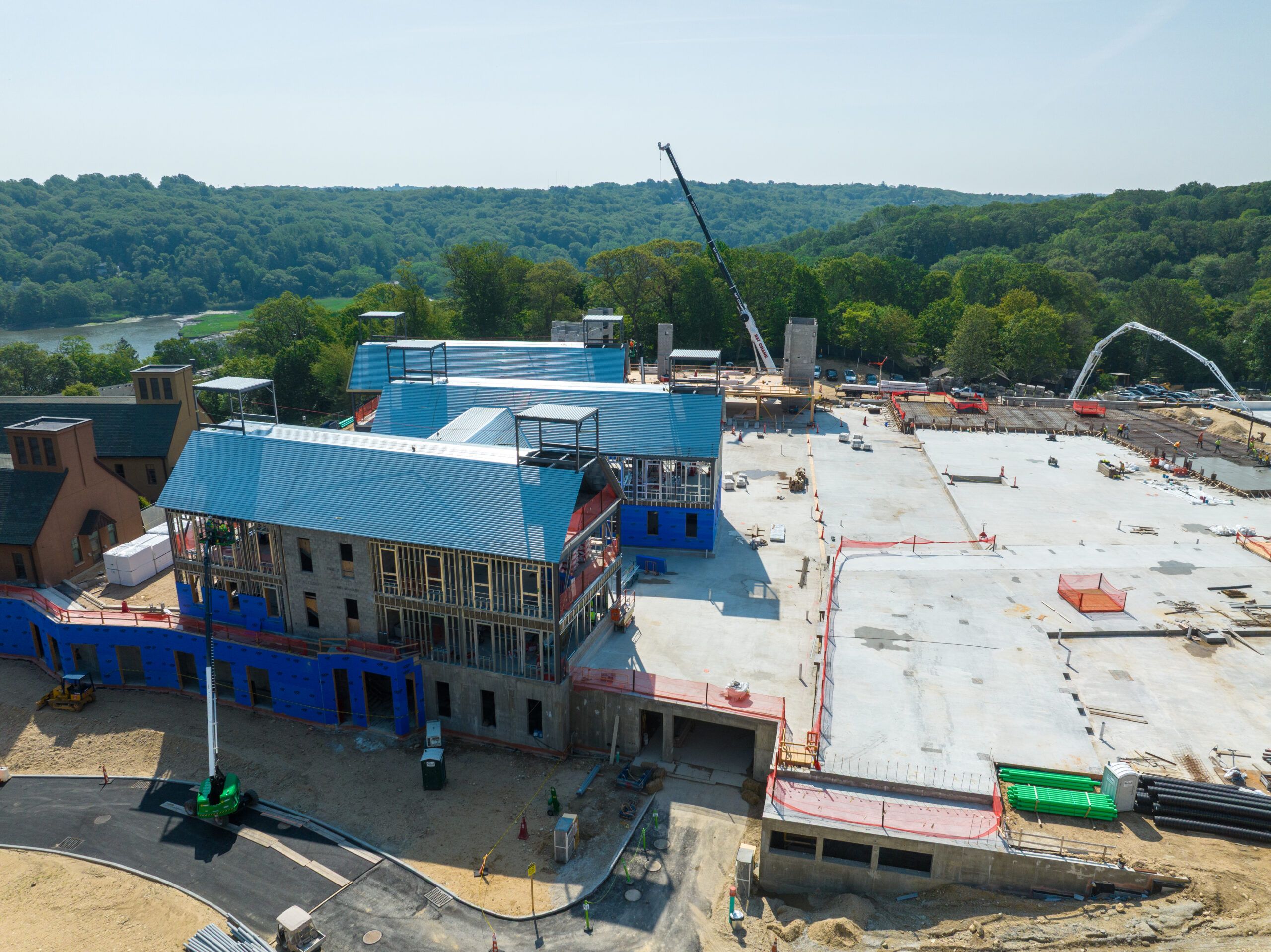Why Concrete Sealing is Important
Concrete sealing is very important if you want your concrete surfaces to last a long time and look awesome. Think about your driveway, patio, or concrete floor. Without sealing, they can get ruined by water, stains, and dirt. Over time, these things make concrete crack and look old. But when you apply concrete sealer properly, you give your concrete a strong protective coating that keeps it safe from damage. This coating not only makes the surface tough but also adds extra beauty.
Sealing concrete doesn’t just protect it—it also makes it look smooth and shiny or flat and clean, depending on your style. Plus, it’s easier to clean and keeps mold and mildew from growing. Sealed concrete is also stronger against scratches and harsh chemicals. This is great for places where lots of people walk or where cars drive. In simple words: concrete sealing keeps your concrete looking good and lasting longer. The best part? Sealing saves you money by reducing the need for repairs.
Mistake #1: Not Cleaning the Concrete First
A big mistake people make is not cleaning the concrete surface before sealing it. If it’s dirty, the concrete sealer won’t stick properly. This can make it peel and flake—nobody wants that! A dirty surface also means that the finished look won’t be as smooth or shiny.
How to Fix This Mistake:
- Clean, clean, clean! Use a strong cleaner or degreaser to wash away oil and dirt. This step is important because a clean surface ensures the sealer sticks well.
- Scrape off tough spots: Use a putty knife to remove hard stains or stuck-on dirt. This makes the surface smooth.
- Deep clean: Sometimes concrete needs an extra step. Use an etching solution to open the pores of the concrete so the sealer can soak in better.
- Let it dry: The surface must be totally dry before you apply concrete sealer. Wet concrete won’t hold the sealer well.
- Fix cracks: Patch any holes or cracks and let them dry. This gives you a smooth concrete surface for sealing. A smooth surface means better protection and a better look.
Mistake #2: Sealing in Bad Weather
Did you know the weather matters when sealing concrete? Sealing when it’s too hot, too cold, or too wet causes problems. Hot weather makes the sealer dry too fast, leaving streaks. Cold or rainy weather can slow down drying and weaken the seal. This can result in a less durable surface that will need resealing sooner.
How to Fix This Mistake:
- Check the weather. The best temperature is between 50°F and 90°F.
- Avoid windy days. Dust and dirt can stick to the wet concrete sealer, making the finish look rough.
- Seal at the right time. Mornings or late afternoons work best when the weather is cooler.
- Fast-drying sealer: If your weather changes a lot, use a fast-drying sealer made for tricky conditions.
Mistake #3: Using the Wrong Sealer
Not all sealers are the same! Some are for indoor use, while others work best outside. Picking the wrong one can mess up how your concrete looks and how long it lasts. Different sealers give different finishes, so choosing the right one is key.
How to Fix This Mistake:
- Outdoor areas: Use solvent-based sealers—they’re tough and block UV rays. Perfect for patios and driveways.
- Indoor spaces: Water-based sealers work great. They don’t smell much and are safer for the environment.
- Tough weather: Penetrating sealers soak into the concrete and protect it from rain, snow, and ice.
- Read the instructions: Always read the sealer’s instructions for the best results. Knowing how much sealer you need also helps.
Mistake #4: Applying Too Much or Too Little Sealer
Another mistake made is applying too much or too little sealer. Too much makes the concrete sticky and uneven. Too little won’t protect it properly. Applying the right amount gives a smooth look and long-lasting protection.
How to Fix This Mistake:
- Apply two thin coats. Let the first coat dry before adding the second. Thin coats dry better and last longer.
- Right tools matter. Use a roller for small areas and a sprayer for large spaces. This ensures even coverage.
- Change directions: Apply the second coat in the opposite direction of the first to avoid streaks. This simple trick gives the best finish.
Mistake #5: Not Letting the Sealer Dry (Cure) Long Enough
Patience is key! If you don’t let the concrete sealer dry properly, it won’t work well. Walking or driving on it too soon can cause damage. The drying process is crucial for a long-lasting seal.
How to Fix This Mistake:
- Give it time: Let the sealer dry for 24 to 48 hours before using the surface.
- Watch the weather: If rain is coming, cover the area with a tarp.
- Ventilate indoor areas: Keep rooms well-ventilated to help the sealer dry faster.
- Check temperatures: Don’t let extreme heat or cold ruin the drying process.
Extra Tips for Concrete Sealing Success
- Test a small spot first: This helps you see how the sealer will look.
- Use the best tools: High-quality rollers and sprayers make the job easier.
- Clean regularly: Wash your sealed concrete with mild soap and water. This keeps it looking fresh.
- Reapply as needed: Concrete sealer doesn’t last forever. Reapply every few years to keep it maintained.
- Follow instructions: The instructions are there for a reason—stick to them! The better you follow them, the better your results.
Ready to Seal Your Concrete?
Sealing your concrete the right way keeps it strong and looking fresh for years. Whether it’s a new driveway or an old patio that needs a refresh, applying concrete sealer correctly makes all the difference. The right concrete sealer brings out the best in your concrete surface, making it last longer and look better.
For expert advice, check out Detail Concrete. They know everything about sealing concrete so it lasts long and looks amazing. With their tips and help, your concrete surface will stay smooth, clean, and beautiful for years to come.
Feature Image Courtesy of Detail Concrete LLC. Serving the Portland, OR area.












